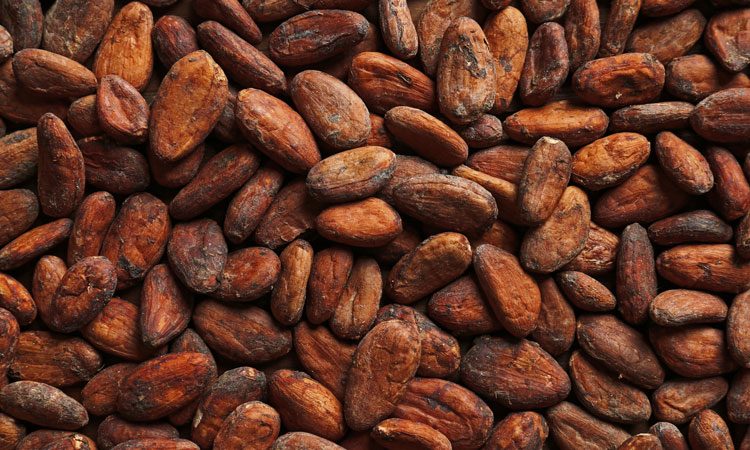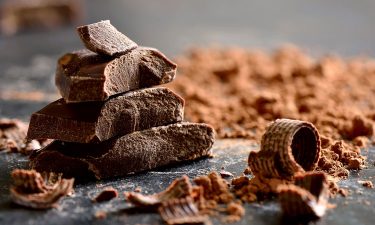Chocolate flavour is developed during processing of cocoa beans
- Like
- Digg
- Del
- Tumblr
- VKontakte
- Buffer
- Love This
- Odnoklassniki
- Meneame
- Blogger
- Amazon
- Yahoo Mail
- Gmail
- AOL
- Newsvine
- HackerNews
- Evernote
- MySpace
- Mail.ru
- Viadeo
- Line
- Comments
- Yummly
- SMS
- Viber
- Telegram
- Subscribe
- Skype
- Facebook Messenger
- Kakao
- LiveJournal
- Yammer
- Edgar
- Fintel
- Mix
- Instapaper
- Copy Link
Posted: 29 August 2019 | Rachael Harper (New Food Magazine) | No comments yet
A new study confirms that processing, including fermentation, is important in relation to the final quality of the cocoa.


Research has been conducted on so-called noble cocoa (the varieties Criollo and Trinitario) to fine-tune the taste and make several different varieties of chocolate. Since the majority of the world’s cocoa production is of the Forastero varietal, more research has been done on this variety.
“Criollo cocoa is less bitter than Forastero, but is still more aromatic. But Criollo is a hassle to cultivate and it is difficult to grow in Africa, which is why it is almost exclusively grown in Central America, South America and Madagascar,” said Dennis Sandris Nielsen, Professor with Special Responsibilities at the Department of Food Science at the University of Copenhagen (UCPH FOOD).
“In this study we have, together with colleagues from Belgium and Nicaragua, examined for the first time how different conditions during fermentation affect the composition and activity of the microorganisms naturally present on the Criollo beans and how this affects the flavour of the finished fermented beans,” Nielsen added.


Varying the conditions during fermentation can reasonably predict the final taste of the chocolate.
Processing, including the fermentation and drying of the cocoa, is important in relation to the final quality of the cocoa: “Our research confirms this and we have also learned how to fine-tune the cocoa by fine-tuning the process itself, which means that you can get a higher quality out of your raw materials if you understand these processes,” continued Nielsen.
In the study, fermentations from different parts of Nicaragua (including highlands and lowlands) as well as fermentations with a variety of oxygen availability were studied.
“By using a combination of High Throughput Sequencing, chromatography and sensory analysis, we can get an understanding of the quality of the cocoa, particularly in relation to the processing,” Nielsen continued.
Overall, our findings show that the treatment the cocoa receives after the harvest is at least as important for the quality and flavour as the genetics of the cocoa.
“Where the cocoa was grown also has some significance. By varying the conditions during fermentation, we can therefore also reasonably predict the final taste, which provides good opportunities for high-end producers in particular to develop chocolate with different flavours and scents.”








